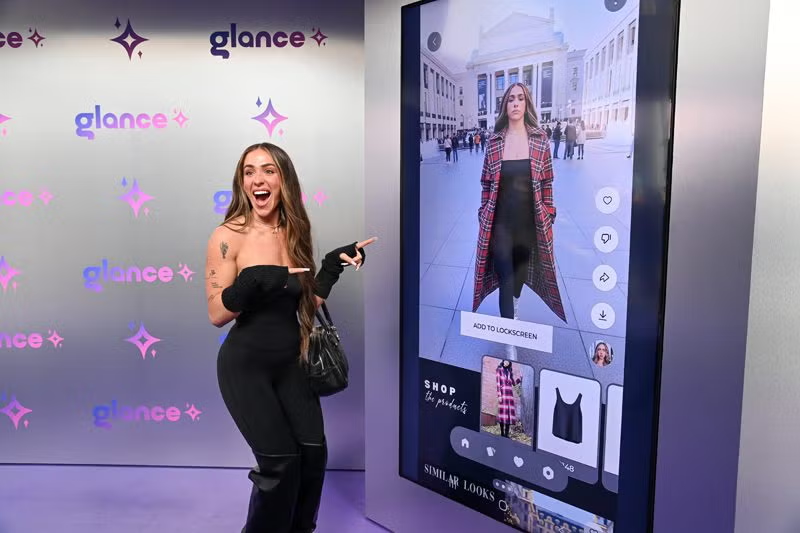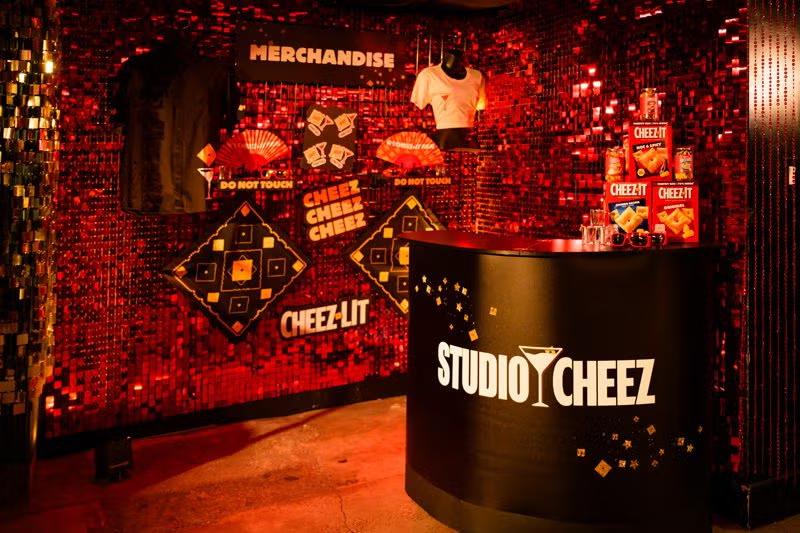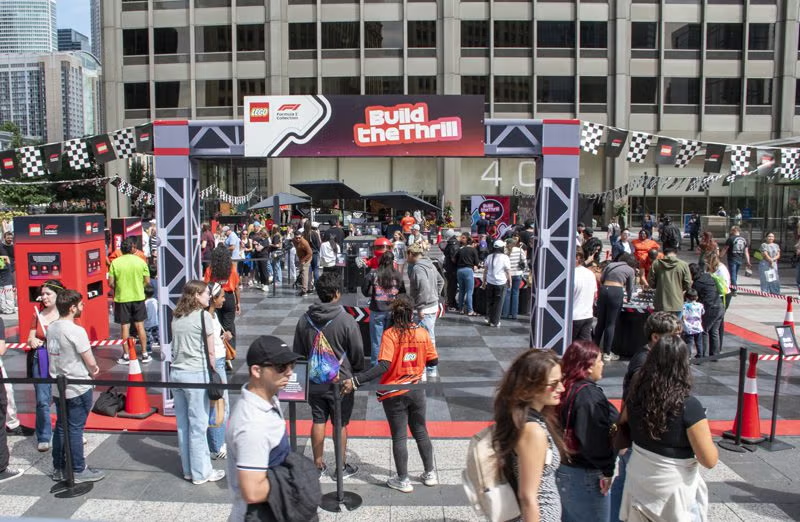New York Fashion Week 2025 emerged as a convergence of couture, narrative, and immersive innovation. The city became a vast stage where artistry, technology, and fashion intermingled, transforming passive observers into participants in living, breathing works of design. The year’s most striking activations transcended the conventions of runways, presenting themselves as orchestrated experiences in which brand ethos, sensory detail, and audience coalesced into a singular aesthetic moment.
Fashion activations, once peripheral to presentation, now serve as the nucleus of modern brand identity. What began as pop-ups and installations has evolved into full-scale experiential architecture, where spatial design, performance, and interactivity converge. The shift signifies an era where allure is no longer about visibility—it is about immersion, memory, and resonance.
At NYFW 2025, artistic expression is intertwined with digital ingenuity. Augmented reality, projection mapping, kinetic sculptures, and olfactory design redefined the notion of a “show.” Apparel became one instrument within a grander orchestral composition—a symbol within an expanded sensory system of brand storytelling.
Across Manhattan’s industrial lofts and luxury façades, designers reimagined audience engagement. Each activation framed ideology as much as apparel, constructing environments of emotion and provocation that lingered long after the lights dimmed.
Savage X Fenty reigned over spectacle with its immersive runway carnival. The venue itself functioned as a living set—a convergence of Ferris wheels, mirrored chambers, and optical tunnels. Every step, sound, and projection transformed the presentation into an almost hallucinatory theater of body and confidence. The choreography blended digital projections and fog-laden movement, rendering the event a poetic dreamscape rather than a fashion march.
Prada ventured into cognitive art with its neural projection installation. Smart mirrors overlaid each attendee’s reflection with algorithmic patterns derived from the collection’s design code. Participation became reciprocal; as viewers moved, the digital environment evolved, blurring the boundary between subject and spectacle. The result was an exploration of identity in flux—a meditation on perception and fashion’s psychological mirror.
Hugo Boss translated its aesthetic restraint into sound. Composers created a live, evolving score that enveloped the catwalk—each rhythm and harmonic shift synchronized to the model’s cadence. It was an auditory architecture of precision and tension, demonstrating how sonic identity could expand the language of brand experience beyond fabric and silhouette.
Alexander Wang transformed the traditional gallery into a streetwear arcade. Walls became interactive zones where visitors engaged in pixelated games inspired by Wang’s prints. High scores unlocked exclusive product drops, while augmented selfie booths encouraged instant digital sharing. It was retail gamified—a study in culture’s obsession with interaction and immediacy.
Tiffany & Co. illuminated the night with its Jewelry Light Symphony, turning reflective metals and gemstones into a spectacle of luminescence. Beams of light refracted across mirrors and prisms, crafting a nocturnal skyline of brilliance. Jewelry ceased to be an accessory; it became architecture—an ephemeral constellation of craftsmanship and physics.
Crocs brought levity through its Pop-Up Carnival of Clogs. Oversized sculptures, interactive art walls, and modular seating encouraged playful participation. Collaborations with local and international artists added an urban, collaborative edge—an ode to individuality expressed through form and color.
Reebok introduced physical theater to fashion presentation. Athletes performed choreographed routines within a kinetic stage design where garments responded to motion. Embedded sensors altered light and texture in real time, creating a tangible dialogue between movement and material. It was sport rendered as performance art.
Gucci reimagined intimacy in its Terrace Garden Soirée. Rooftop spaces were draped in living flora, where models walked among botanical sculptures under shifting daylight. As dusk descended, bioluminescent vines and LED blooms lit the path, symbolizing the brand’s balance between heritage and futurism—romantic and mechanical, organic and designed.
The avant-garde label Asymmetry pushed the notion of garment functionality by introducing kinetic couture. Actuators embedded within textiles caused dresses to move autonomously—pleats unfolding and hemlines fluttering with mechanical grace. Audience proximity triggered changes in motion, merging human and machine choreography into a seamless continuum.
Rihanna’s Fenty Beauty constructed translucent sensory pods that immersed guests in scent, touch, and chromatic light. Each pod represented a color story, engaging the senses beyond sight to evoke confidence and individuality. It was an installation that expanded the brand’s message: beauty as an inclusive, multi-sensory dialogue rather than a cosmetic surface.
Behind these spectacles lay an intricate network of curators, engineers, and digital architects. Fashion directors collaborated with technologists, projection artists, and sound designers, constructing layered environments that demanded months of coordination and technical precision. Staging in New York’s dense landscape presented formidable logistical challenges, from electrical load balancing to overnight modular assembly.
Success, however, extended beyond media coverage. True impact was measured through dwell time, emotional retention, user-generated content, and the quality of narrative recall. Each activation became a barometer of how deeply an audience could feel, not merely how loudly they could post.
Experiential design emerged as fashion’s most potent storytelling tool. Through space, movement, and interactivity, brands conveyed purpose, origin, and ambition with a tactility no advertisement could replicate. These events demonstrated that spectacle, when executed with discipline, carries intellectual and emotional gravity.
The legacy of NYFW 2025 lies in its redefinition of marketing currency. Immersion, not imagery, became the measure of success. The spectacle itself was not a fashion supplement—it was the fashion.
As the industry moves forward, emerging technologies—AI-driven curation, mixed-reality avatars, and responsive textiles—will likely transform fashion weeks into laboratories of human experience. Micro-experiences in nontraditional venues may soon replace the conventional catwalk, expanding accessibility and creative scope.
New York Fashion Week 2025 confirmed that the frontier of fashion extends far beyond garments. It inhabits the realms of emotion, participation, and perception. When style fuses with spectacle, it transcends its material form, leaving audiences not merely inspired but imprinted.















